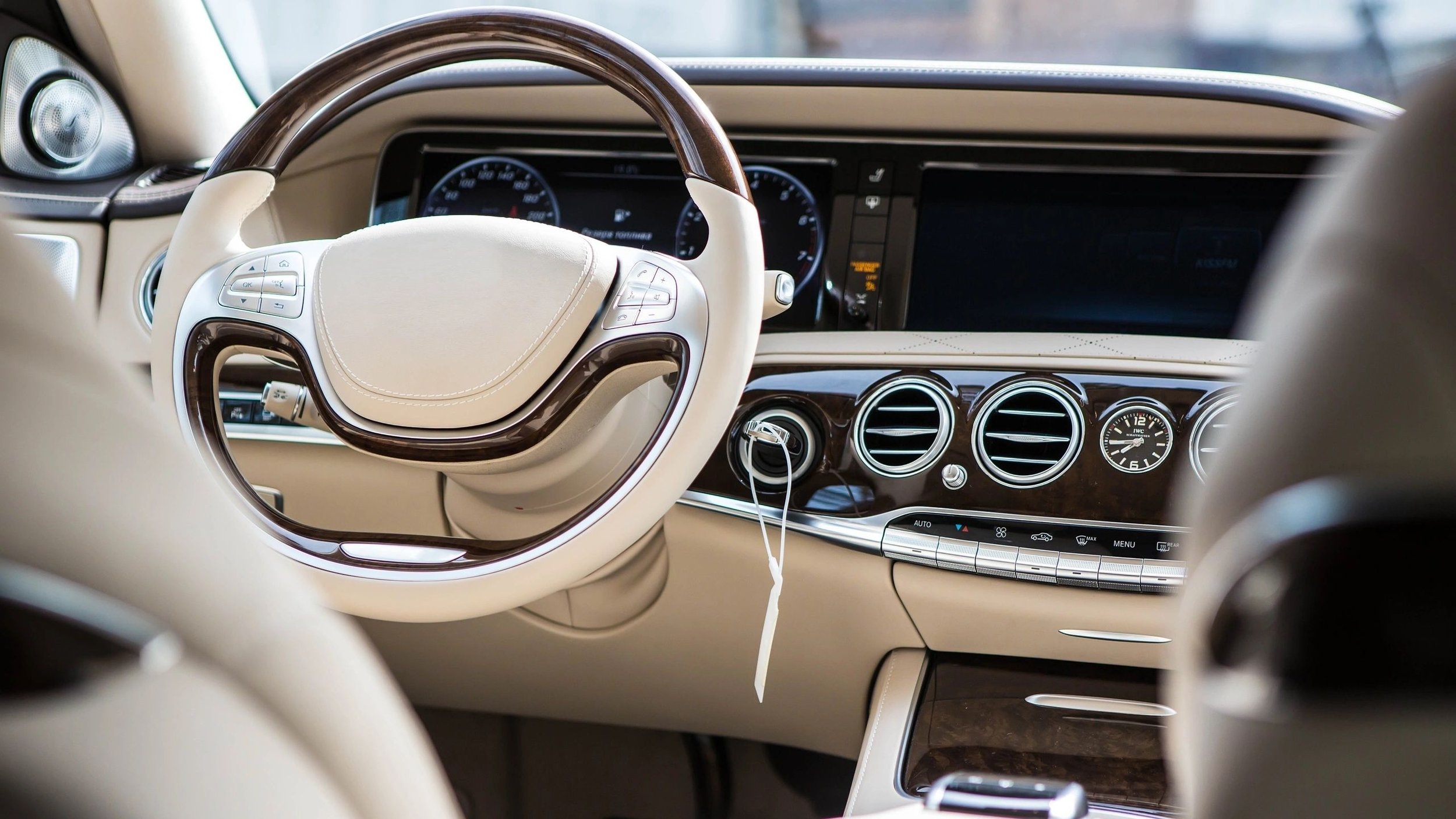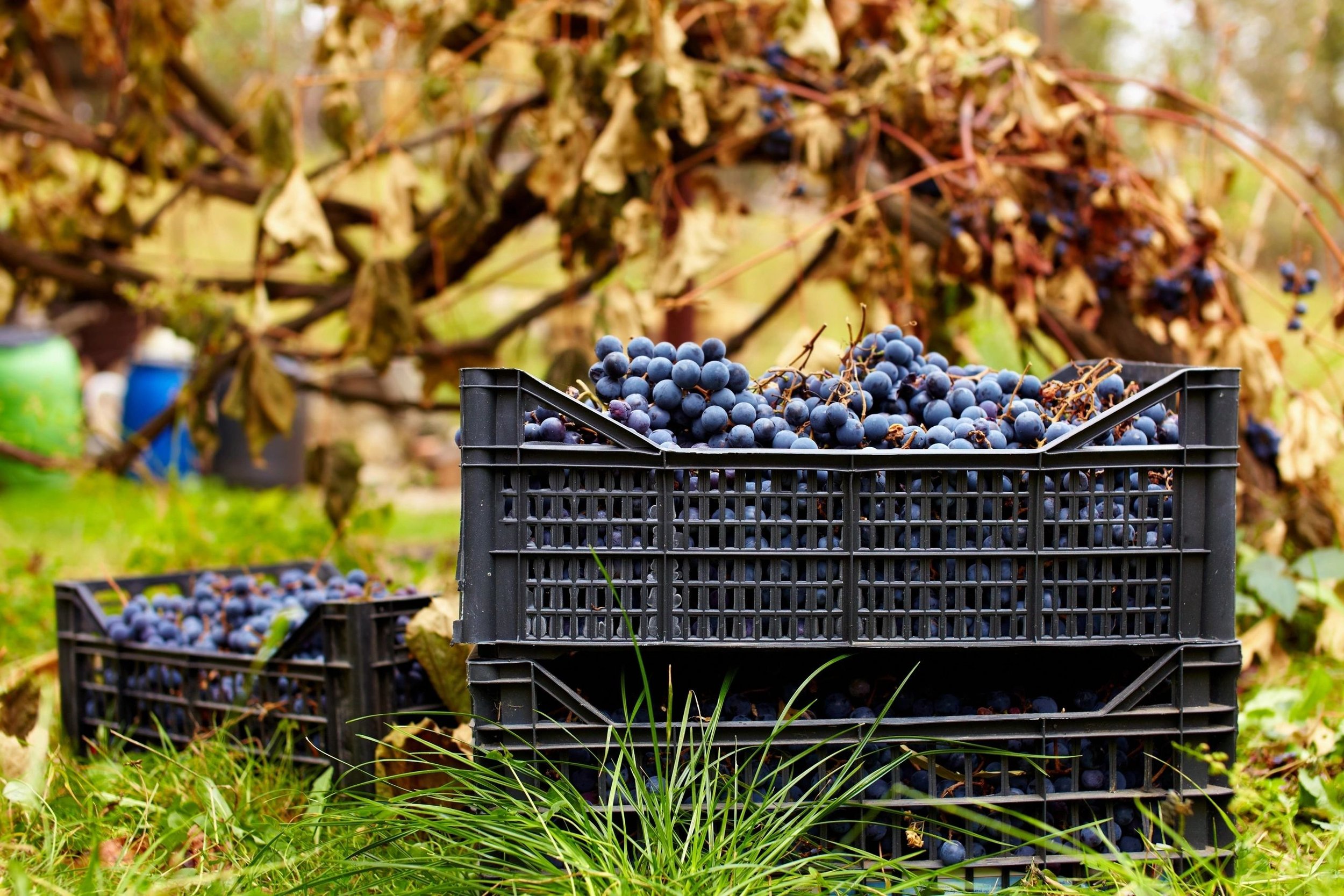ACHIEVE CIRCULAR POLYOLEFINS
OUR 3 PRINCIPALS TO
1
Design out all possible waste
2
Maximise products & materials in use
3
Recycle into high grade raw materials
Today, not all packaging is easily recyclable due to systems and technological limits. Design considerations are often more orientated towards how polyolefins are used and do not fully consider recyclability, quality, collection and sorting after use.
PCEP works with all relevant stakeholders to establish ways to enhance collection and sorting systems, an essential step towards quality recycling. Together, we have voluntarily committed to increase the use of recycled polyolefin, with a target in Europe of 3m tonnes by 2025.
POLYOLEFINS ARE HIGHLY VERSATILE.
Polyolefins are a leading material in a wide variety of industries and for a huge array of applications, ranging from everyday household use to specialised industrial applications. They are the most widely used family of plastics accounting for half of all European plastics demand and nearly two thirds of all collected post-consumer plastics waste.
The high-quality recycled polyolefin made from this waste drives circularity in many European markets including building and construction, packaging, agriculture, electronics, automotive and others (such as houseware and consumer goods).
-

Packaging
Between 25% and 30% of the recycled polyolefins in European products are found in packaging applications.
Polyolefins are widely used in a huge variety of packaging applications, so much so that polyolefins represent 70% of the European plastic packaging market. These include crates and boxes, bottles (for food products, detergents, cosmetics), food packaging, medical packaging, industrial wrapping, reusable carrier bags, and drums for food, beverages and chemicals.
-

Automotive
Automotive applications used 5% of the recycled polyolefins on the market in Europe.
Polyolefins are used in the automotive industry in a wide range of exterior, interior, and under-the-bonnet applications. From bumpers, body panels and dashboards to petrol tanks and battery cases. Polyolefins facilitate lightweight construction and so play an important role in enhancing energy efficiency. -

Gas & Pressure Pipes
Building and construction applications use the most recycled polyolefins in Europe, at about 35%.
Polyolefin pipes are often replacing metallic systems, mainly due to their superior resistance to corrosion, abrasion and chemical attack. They also have a wide operating temperature range up to 95°C and can provide fusion welded leak-proof jointing. Polyolefin piping systems are fast becoming the most commonly used drinking water, waste water and natural gas distribution piping systems in the world.
-

Films
Agricultural applications use almost 15% of recycled polyolefins in Europe.
Polyolefin films are tear resistant and have exceptional tensile strength. They are cost-effective to produce, with excellent clarity and don’t become brittle and yellow with age. Polyolefin films are used in consumer, industrial and agricultural applications.
-

Household Wire
Electrical and electronic applications use around 7% of recycled polyolefins in Europe.
Polyolefin shrink tubing is widely used around household wire because they possess good chemical, electrical and physical properties. Besides providing extra durability and heat resistance, heat shrink tubing is also designed to give a perfect fit and does not come off with age or use.
-

Containers & Crates
Many of these applications use recycled polyolefins.
Polyolefins are widely used for containers and crates, pallets and other items such as trash cans, laundry baskets and buckets. Polyolefins have low cost and high toughness, with exceptional tear and tensile strength, puncture and impact resistance.
-

Textiles
Polyolefins are lustrous white translucent fibres with good draping qualities, excellent abrasion resistance and exhibit fair wrinkle resistance. They have found a number of applications particularly in home furnishings and industrial fabrics, including indoor-outdoor carpeting, carpet backing, upholstery fabrics, seat covers, webbing for chairs, nonwovens (such as diapers), laundry bags, hosiery and knitwear, fishnet, rope, filters, and industrial fabrics.
-

Kitchenware
Polyolefins are used in a wide variety of kitchenware, in particular articles intended to come into contact with food, such as packaging and containers, microwave-proof containers, kitchen appliances, cutlery and dishes.
-

Laboratory Equipment
Polyolefins are used in a wide variety of laboratory equipment, including counters and sinks, cabinets and fume hoods, containers, bottles, microplates and pegboards, as well as a variety of medical packaging and appliances.
-

Leisure & Toys
In addition to being used for a huge variety of children’s toys, polyolefins are also frequently used in the leisure industry. Leisure applications include garden furniture, luggage, tennis racket strings, synthetic turf, rash guards or undergarments for wetsuits, footwear, seat cushions, arm rests and spa pillows.
-

Office Stationary
In addition to being used for a huge variety of children’s toys, polyolefins are also frequently used in the leisure industry. Leisure applications include garden furniture, luggage, tennis racket strings, synthetic turf, rash guards or undergarments for wetsuits, footwear, seat cushions, arm rests and spa pillows.

